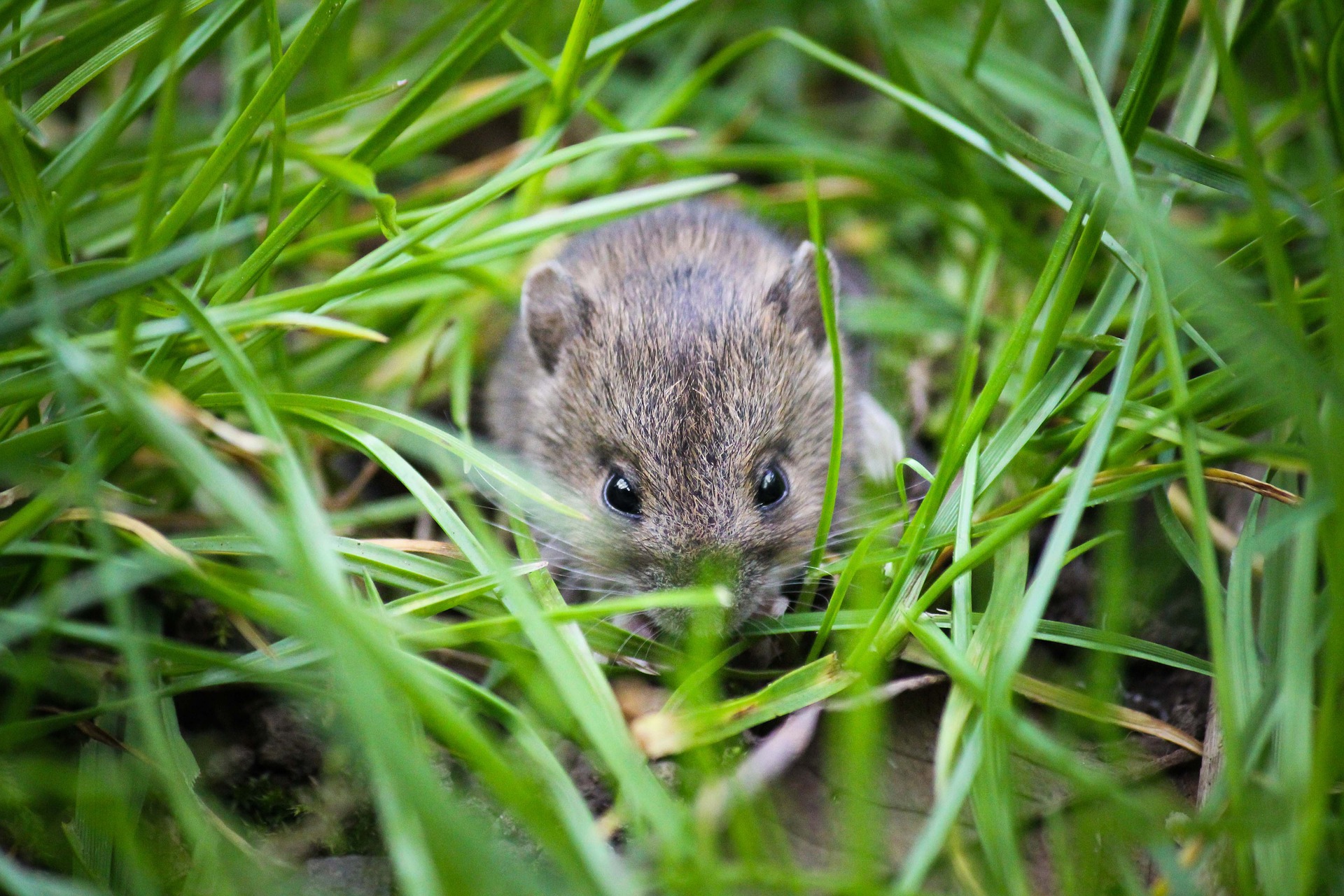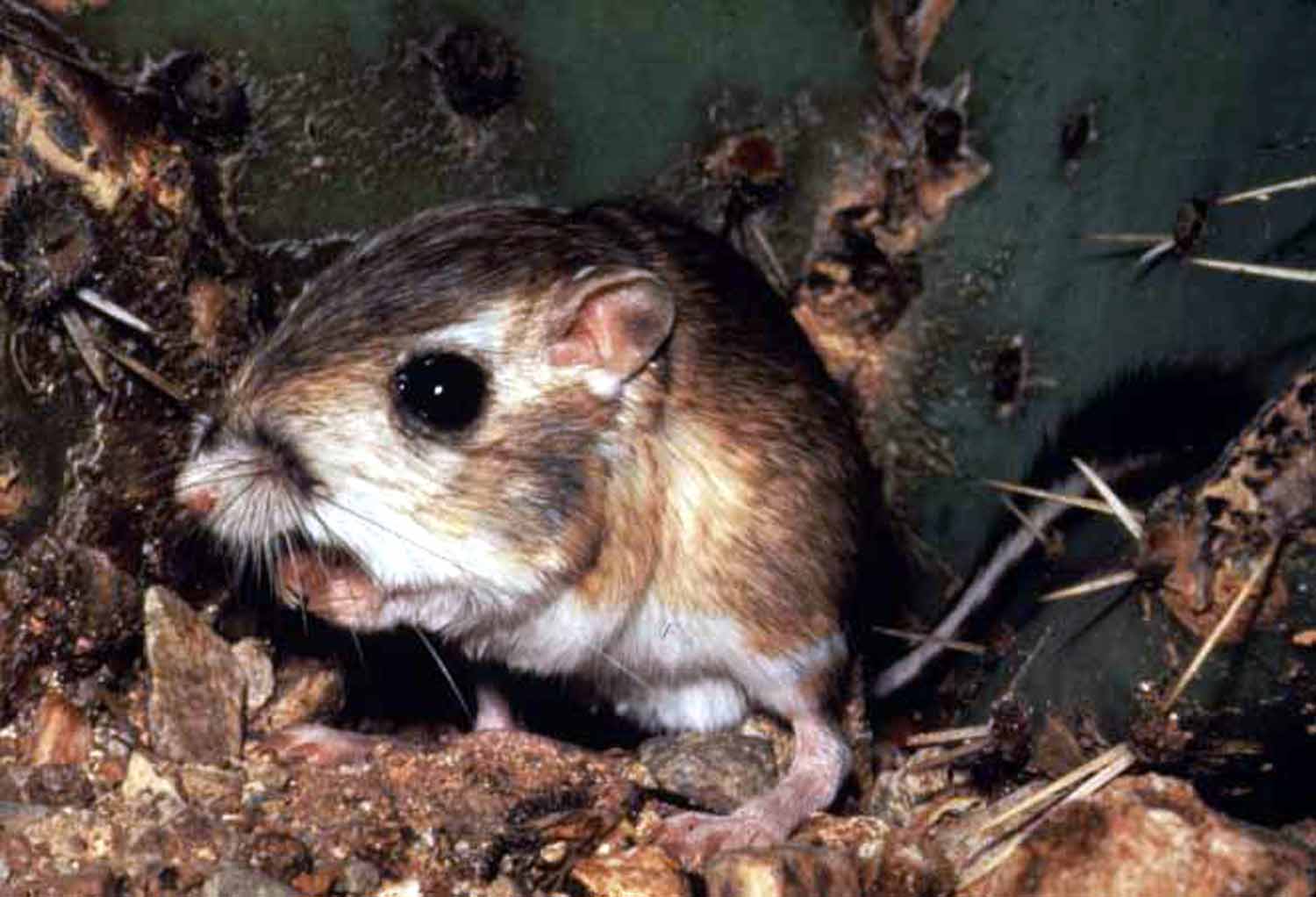Island Rule: The Optimal Size
There are certain factors that affect the evolution of morphology in insular species - it seems that they grow or shrink in their presence or absence. But how do we figure out the way to predict whether they’ll do one or the other?
Overall, if we look at all the organisms that we know have shifted their morphologies on islands, the trendline isn’t quite clear – we cannot easily predict which animals will grow and which ones will shrink.
Mark V. Lomolino is one of the many scientists who have, for decades, attempted to solve this puzzle and pinpoint the principal factors influencing the evolution of insular species, namely mammals.
Scaling is an especially important part of ecological studies. Lomolino looked at patterns for insular mammals on the species level and then at the population level, concluding that his results are consistent for both scales: smaller species tend to become larger, larger species tend to become smaller, with exceptions in a few (sub)families. Moreover, he inferred that there are similar trends seen in insular birds and reptiles, but for now, let’s focus on mammals.
Lomolino, and other scientists before him have claimed that there could be an ‘optimal’ size for each group of mammals. Mainland species are controlled by complex environmental factors (in space and time) and between-species interactions that are often missing on less heterogeneous islands. This keeps them from living their ‘ideal’ life with an ‘ideal’ body. The ‘optimum’ mass will then be a value from which insular species no longer diverge.
Such species will be in a situation where it’s no longer necessary to grow large or to shrink, and the more a mainland species diverges from this optimal value, the more likely are its insular relatives to converge toward the said value. Environmental heterogeneity and diversity will negatively affect the extend in which particular groups converge toward the ‘optimal’ size, yet each ‘optimum’ will reflect the local conditions.
Meiri et al. challenged the ubiquity of the island rule using phylogenetic comparative methods on a large dataset. Such methods use information about the evolutionary history (relationships) of lineages (branches of the evolutionary tree), so they don’t treat various groups of species as independent units. According to the authors, changes in the body mass of insular species are related to the factors of the environment, history, the biology of the species in question and, unsurprisingly, chance, as they’ve found no support for the ubiquity of the island rule in mammals.
If mammals are treated as independent units in statistical analyses, the results come out similar to those of Lomolino. According to Meiri et al., however, such results may stem from statistical problems related to sample size, the analyses used or pseudoreplication (i.e. many small animals exhibiting gigantism and many large animals showing dwarfism).
Meiri et al. have found that rodents within the Muridae family do tend to grow on islands, whereas rodents of the Heteromyidae family, along with even-toed ungulates and some carnivores have a tendency to shrink. In short, some grow, others shrink. Whether animals do one or the other seems to depend more on their phylogeny than the absolute size. But the research does not stop.
History seems to have major influence on insular species. It seems that the truly obvious island giants and dwarves we know today (and from fossils) have spent enough time in isolation, being shaped by the many between-species interactions on the islands they call home. Besides, it seems that the shift in body size is much more pronounced in introduced species than in island natives.
You see, although the idea that all small animals grow large and large animals shrink on islands seems very attractive, the more we get to know about it, the more complicated the discourse becomes. If we want an actual answer, we need to know much more about the animals in question than just how big they are. And if we want simple answers, maybe we shouldn’t ask more questions.
Who's in this article?

Photo credit: Ben Frewin (Pixabay)
| Common name: | Murids |
| Scientific name: | Muridae |
| Phylum: | Chordata |
| Class: | Mammalia |
| Order: | Rodentia |
| Family: | Muridae |

Photo: Kangaroo rat by National Park Service (Public domain)
| Common name: | Heteromyids |
| Scientific name: | Heteromyidae |
| Phylum: | Chordata |
| Class: | Mammalia |
| Order: | Rodentia |
| Family: | Heteromyidae |
Common name: Mark V. Lomolino
Scientific name: Homo sapiens sapiens
Profession: Professor of Biology
Common name: Shai Meiri
Scientific name: Homo sapiens sapiens
Profession: Professor of Zoology